Cypress trees are a popular choice for landscaping due to their evergreen nature and ability to thrive in a variety of climates. However, one common problem with Cypress trees is that they can turn brown for no apparent reason. In this blog post, we will explore some of the reasons why your Cypress tree might be turning brown and suggest some solutions to help revive it!
Why Is Leyland Cypress Tree Turning Brown?
The most common reasons for your Leyland cypress tree to brown are overwatering, insect damage, fungal disease, and leaf burn. The nature of the browning will assist you in determining the source.
For example, browning that occurs in patches or clumps is typically the result of overwatering, especially if wilting is also present. Crispy or dry leaves can indicate leaf scorch, while black or brown spots on the leaves are usually indicative of fungal disease. I will now go through each of these reasons in more detail:
1. Browning Leyland Cypress Tree Leaves from Fungal Infection
Fungal infections are one of the most common problems with Leyland Cypress trees. Fungi spores are present in nearly all soil types and can be easily transmitted to plants through watering or contact with contaminated tools. These fungi thrive in warm, moist environments and can quickly spread throughout the tree if not treated early on.
To prevent fungal infections, it is important to water your tree at the base and avoid getting the leaves wet. If you do notice any black or brown spots on the leaves, you should remove them immediately and dispose of them in a plastic bag.
You should also keep your garden clean and free of debris, as this can provide a perfect breeding ground for fungi. If the problem persists, you can treat your tree with a fungicide. Be sure to follow the directions on the label carefully, as some fungicides are harmful to humans and pets.
My favorite fungicide is neem oil (Amazon link). Neem oil is an effective fungicide that can be used to control a wide variety of fungal diseases, including powdery mildew, black spot, and rust. It works by inhibiting the growth of fungi and preventing them from causing disease.
Neem oil is also a good protectant against future outbreaks. Apply neem oil to your plants as soon as you notice signs of fungal disease, or use it as a preventative measure if you know your plants are susceptible. Re-apply every 7-14 days as needed.
2. Browning Leyland Cypress Tree Leaves from Overwatering
Overwatering is another common reason for Leyland Cypress trees to brown. These trees are native to dry, sandy soils and do not tolerate wet conditions well. If the soil around your tree is constantly soggy or waterlogged, it could be causing the leaves to turn brown and drop off.
To prevent overwatering, water your tree deeply and infrequently to allow the roots to grow deep into the soil. This will help the tree to develop a strong root system that can better tolerate periods of drought. Be sure to check the soil before watering, as it should be dry at least an inch below the surface.
If you think your tree has root rot, you can try to save it by carefully removing it from the ground and replanting it in a well-drained location. Be sure to dispose of any infected roots, as they can continue to spread the disease.
3. Browning Leyland Cypress Tree Leaves from Pests
Pests can also be a problem for Leyland Cypress trees. Aphids, mites, and scale are all common pests that can cause the leaves to turn brown and drop off. These pests suck the sap from the leaves, causing them to yellow and eventually die.
To prevent pests, start with a clean garden. Remove any dead leaves or debris that could provide a hiding place for pests. You can also treat your plants with a pesticide to help keep pests away. Be sure to follow the directions on the label, as some pesticides are harmful to humans and pets.
Again, neem oil is a good option for preventing and controlling pests. It works by disrupting the life cycle of insects, preventing them from reproducing. Neem oil is also effective against a wide variety of other common garden pests, including whiteflies, beetles, and caterpillars.
Apply neem oil to your plants as soon as you notice signs of pests, or use it as a preventative measure if you know your plants are susceptible. Re-apply every few days as needed. You can also try planting companion plants that help to repel pests, such as marigolds or nasturtiums.
4. Browning Leyland Cypress Tree Leaves from Leaf Burn
Leaf burn is a common problem for Leyland Cypress trees. It is caused by the tree’s leaves coming into contact with chemicals, such as herbicides, pesticides, or fertilizers. These chemicals can cause the leaves to turn brown and eventually die.
To prevent leaf burn, be careful when using any type of chemical near your tree. Be sure to follow the directions on the label, and always apply chemicals according to the manufacturer’s instructions.
It can also happen from being planted in an area that gets too much sun. If the leaves are getting direct sunlight for more than six hours a day, they can start to scorch and turn brown. To prevent this, you can try planting your tree in a shady location or providing it with some type of shade cloth or screen.
5. Browning Leyland Cypress Tree Leaves from Nutrient Deficiencies
Nutrient deficiencies are another common problem for Leyland Cypress trees. These trees need a specific balance of nutrients to stay healthy, and if they don’t get enough of one nutrient, it can cause the leaves to turn brown and die. The most common nutrient deficiency in these trees is iron.
To prevent nutrient deficiencies, fertilize your tree regularly with an iron-rich fertilizer. Be sure to follow the manufacturer’s instructions, as too much fertilizer can be just as harmful as too little. You can also have your soil tested to see if it is lacking in any nutrients. If so, you can add amendments to the soil to correct the problem.
Another way to prevent nutrient deficiencies is to choose a planting location carefully. Leyland Cypress trees do best in soil that is high in organic matter. If you are unsure about the quality of your soil, it is best to consult with a local nursery or gardening center.
Will Brown Leyland Cypress Tree Leaves Turn Green Again?
No, it is highly unlikely that the brown leaves on your Leyland Cypress tree will turn green again. Once leaves have turned brown, they are dead and will eventually fall off the tree. If you want your tree to be healthy and green, you will need to take preventive measures to avoid problems that can cause the leaves to turn brown in the first place.
The good news is that the future growth of your tree will not be affected by the brown leaves. Once the problem is corrected, your tree should continue to grow and thrive.
Should I Prune Brown Leyland Cypress Tree Leaves?
There is usually no need to prune brown Leyland Cypress tree leaves, as they will eventually fall off the tree on their own. If you want to tidy up your tree, you can wait until all of the leaves have fallen off and then prune away any dead branches.
Pruning is only necessary if the brown leaves have a fungal disease that is spreading to other parts of the tree. In this case, you will need to prune away any affected leaves and branches to prevent the disease from spreading. Be sure to disinfect your pruning tools before and after use to avoid infecting other plants.
Conclusion
In conclusion, if your Leyland Cypress tree’s leaves are turning brown, there are a few possible reasons. Leaf burn, nutrient deficiencies, pests, overwatering, and fungal diseases are the most common problems.
To prevent these problems, be careful when using chemicals near your tree, fertilize regularly with an iron-rich fertilizer, water carefully, use neem oil to get rid of pests, and choose a planting location carefully. If the brown leaves are caused by a disease, you will need to prune away any affected leaves and branches.
I hope this article has been helpful. If you have any further questions, please feel free to reach out to me. Thanks for reading!
Tim is an avid gardener from the UK. He was the founder of PlantCarer.com from 2021 to Sep 2023. He sold PlantCarer.com to Aaron. He has since started his own business called Seed To Supper, which provides new gardeners all the materials you need in a box (pots, seeds, compost and instructions) to grow your own delicious and nutritious vegetables and herbs from start to finish – no garden required.




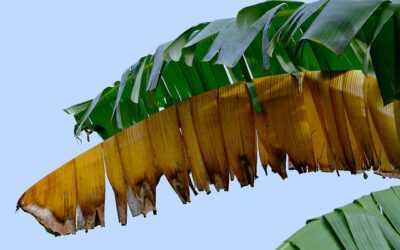

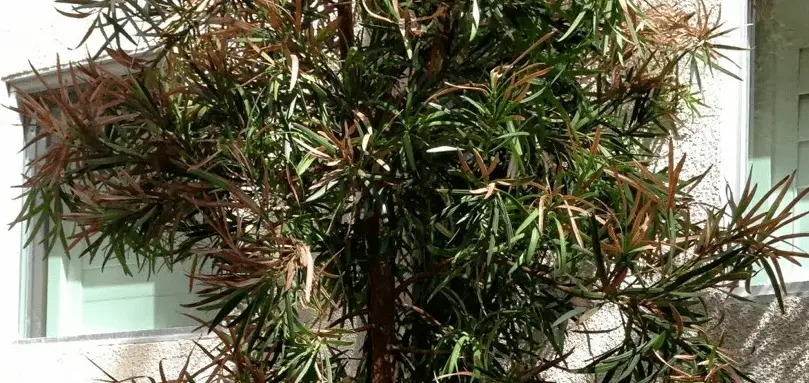
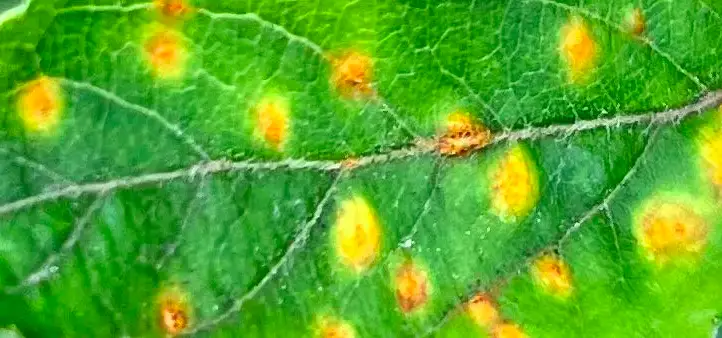
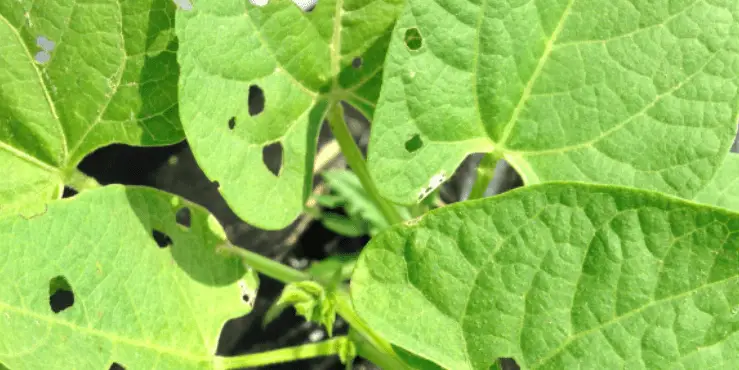
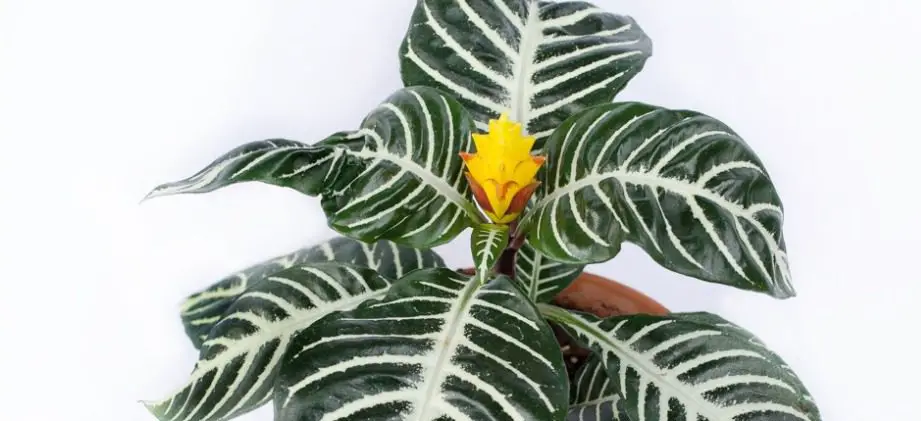

Hi Tim, thanks for your help. I was watering to much, but now I’ve stopped. I hope the tree comes back.
Hope it recovered ok